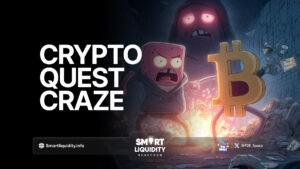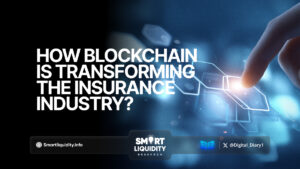HOW TO DRIVE MOBILE GAME MONETIZATION


Mobile gaming has emerged as one of the most lucrative sectors in the digital world, capturing millions of users daily with a mix of addictive gameplay, creative design, and social features. But with an ocean of games available in the app stores, one crucial question lingers for developers and marketers alike: how to monetize mobile games effectively without sacrificing user experience?
Here’s a closer look at proven monetization strategies that can bring steady revenue while keeping players engaged, satisfied, and even eager to spend.
Freemium Model: The Secret Sauce of Mobile Gaming
The freemium model is a classic in mobile game monetization, offering players a free game experience while strategically encouraging them to spend on premium features. This model builds trust by allowing players to enjoy the game without paying upfront. As they progress and become more invested, they may be more inclined to make in-app purchases to access additional levels, special items, or faster gameplay.
- Key Tip: Structure in-app purchases to add meaningful value. For instance, a rare character or unique weapon that enhances gameplay but does not overpower other players ensures balance while enticing purchases.
In-Game Advertising: Show, Don’t Distract
In-game advertising can be a significant revenue generator if done right. Rewarded ads are an excellent way to do this, as they give players the choice to watch an ad in exchange for a reward, such as extra lives or in-game currency. Unlike traditional ads that interrupt gameplay, rewarded ads enhance user experience by giving players value.
- Key Tip: Implement ads in places where they feel natural, like between levels or at save points, so they do not disrupt the flow of the game.
Subscription Models: Build a Loyal Community
Subscription models are increasingly popular, especially for games that offer seasonal or regularly updated content. Subscriptions allow developers to introduce exclusive features or new content monthly, giving players an incentive to remain subscribed. This model also provides a stable income stream and cultivates a more committed player base.
- Key Tip: Make subscriptions desirable by offering substantial benefits like early access to new levels, exclusive characters, or limited-edition items. Giving your subscribers a competitive edge without making the game pay-to-win is critical.
Live Events & Limited-Time Offers: The Power of FOMO
Limited-time events are an effective way to encourage spending in a short period. They capitalize on players’ “fear of missing out” (FOMO) by offering exclusive rewards, themed items, or bonus levels. Events that celebrate holidays, game anniversaries, or even unique in-game events can make players feel they’re part of something exciting.
- Key Tip: Schedule events at regular intervals and announce them ahead of time. This approach helps build anticipation and excitement within your community, boosting engagement and monetization.
Social Features & Guilds: Monetizing Connections
Multiplayer modes and social features can significantly boost player engagement and monetization. By adding guilds, leaderboards, and friend referral systems, players have an incentive to invite others, compete, and cooperate. These features not only extend game life but also create more opportunities for in-game purchases as players want to advance within their social circles.
- Key Tip: Offer in-game incentives for inviting friends, such as exclusive avatars or rare items. These rewards encourage players to bring new users into the game ecosystem, increasing the player base and potential revenue.
A/B Testing for Optimization: Finding the Right Balance
Monetization is not a one-size-fits-all approach, and finding the perfect mix of strategies requires continuous testing. A/B testing allows developers to experiment with different monetization methods, ads, and pricing structures, analyzing which ones resonate best with the audience. This approach helps in optimizing revenue while preventing player frustration or churn.
- Key Tip: Test variations like price points, ad frequency, and reward types. Tracking metrics such as engagement rates, ad views, and average revenue per user (ARPU) will help you make data-driven decisions.
Adapting to Player Feedback: Community-Centric Monetization
Gamers appreciate developers who listen. Keeping an ear to the ground and adapting to feedback can transform a player base into a loyal community. When users feel their voices are heard, they’re more likely to stick with the game and invest in it.
- Key Tip: Actively engage players through social media, forums, or in-game surveys. Use this feedback to refine monetization practices, creating a game that’s both enjoyable and profitable.
Staying Updated with Market Trends: The Edge in Monetization
The mobile gaming industry is ever evolving. Staying updated with trends such as blockchain-based assets, NFTs, or play-to-earn models can provide an edge. While not every trend may suit every game, keeping a finger on the industry’s pulse can reveal new monetization opportunities.
- Key Tip: Regularly analyze what similar games in the genre are implementing. Incorporating fresh, relevant features can make your game more attractive to both new and existing players, increasing the likelihood of monetization.
Crafting the Balance: Monetization Without Compromising Fun
Ultimately, the key to successful mobile game monetization is balance. Players are more willing to spend when they feel their experience is respected, and every purchase or ad viewed should add value to the game. With a well-crafted blend of these strategies, developers can build a sustainable revenue stream without jeopardizing the fun factor that keeps players coming back.




